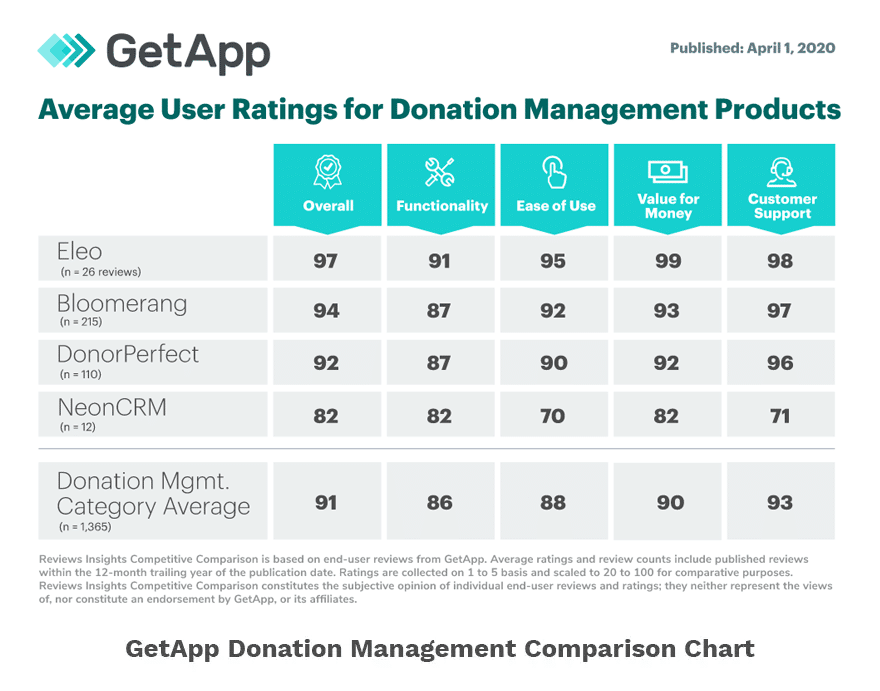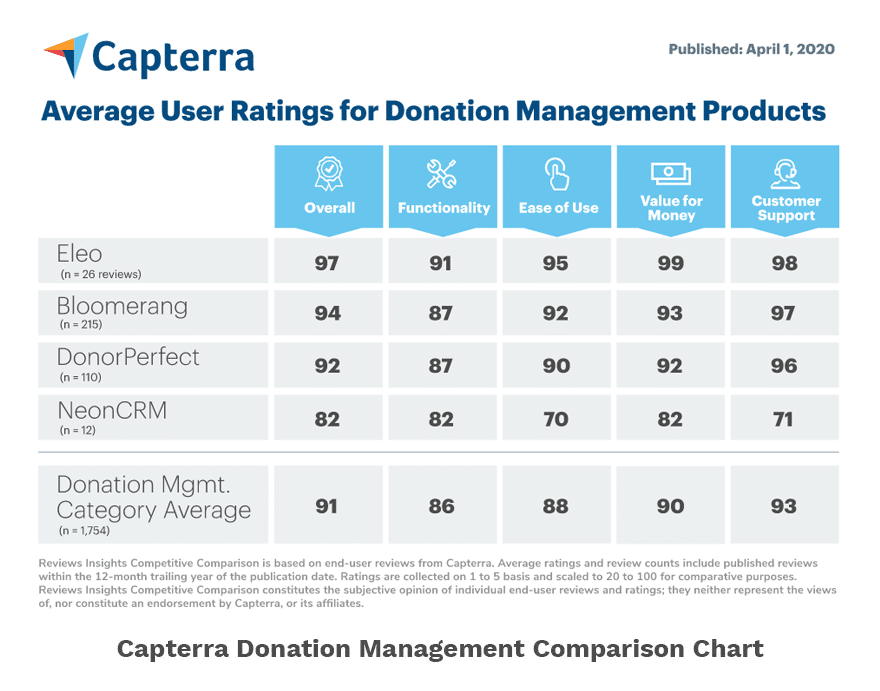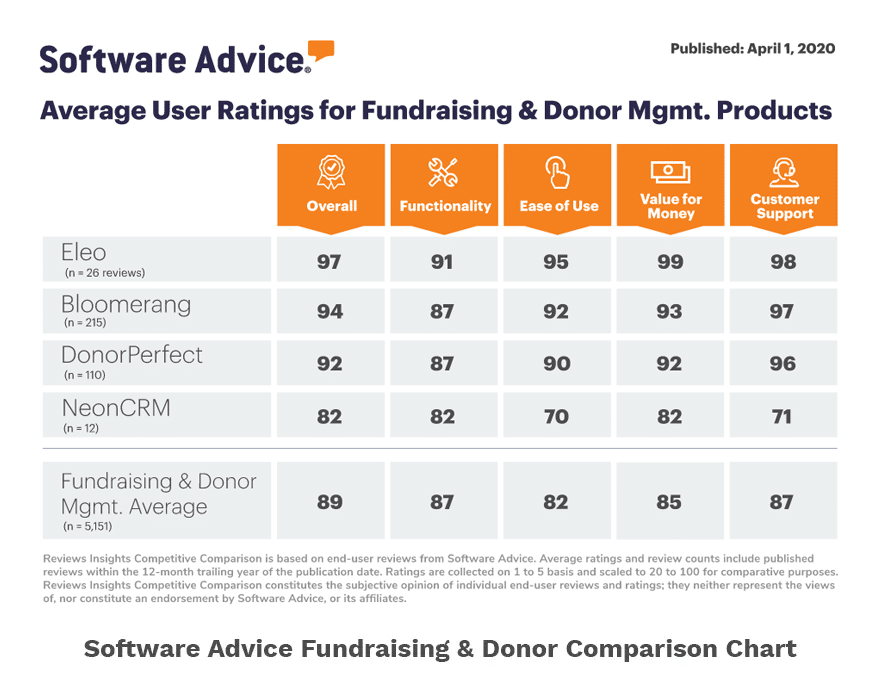
By Joanne Oppelt, CNE, CDE, CNC
Money is tight. Time is constrained. Resources are limited. You need to expand your budget but have no funds to invest in doing it. If you want to recruit new donors to raise more revenue, you need the community to get excited about supporting your nonprofit. Even though it’s counterintuitive, you will improve your community’s response to your appeals, and spend less money, by targeting smaller donor groups rather than everyone.
Define the Donor Groups You Want to Reach
A donor group is a set of people who have something in common with one another. They share similar needs or features, usually demographic characteristics, values, preferences, or behaviors. The more defined your donor group, the easier it is to speak directly to them and allocate resources to have the biggest effect.
Why target smaller, distinct groups instead of going after everyone? Say you want to fish for flounder. You could go out with a boat, cast a wide net, and get a lot of fish, a few of which are flounder. Or, you could go where flounders tend to congregate, cast a small net, get fewer fish but a lot of which are flounder. In the first scenario, you expend a lot of resources to get a few of what you want. In the second, you don’t end up with as many individual fish, but you get a whole lot more of what you want.
Research Your Donor Prospects
To find out about your potential donors, research them. To learn their group values, beliefs, likes, and preferences, you might visit the Center for Generational Kinetics and analyze its research. Or you might start a conversation and interact with the people you want to reach, then write down your observations. Or you might conduct a survey or convene a focus group.
When you get information about your donors, hear what they say, not what you want them to say. Listen to them. Find a way to loop back with them and confirm your perceptions. Take the evidence you end up with and use it to fashion your approach and subsequent communications to them. To get those communications just right, base your efforts on the objective data they have provided.
Define the Benefits Your Donors Get
State the benefits a supporter will receive by being involved with your agency. Help potential supporters see how the implementation of your nonprofit’s mission is of value to them and why your nonprofit is worth getting involved within their sea of options. Explain how your agency solves community problems and improves the lives of not only your program’s clients but the donor as well. Be specific. Tell your supporters why your nonprofit is worthy of their backing among the alternatives they have.
You will want to use the language and images each donor group you defined prefers. Your goal is to get potential donors to notice your nonprofit, learn what your agency is doing, and give them opportunities to interact with and spread the word about your organization. And they will—if they can identify with your cause, understand what your agency is about, and see how their goals can best be met by supporting your nonprofit.
Describe the benefits your organization provides on your website, press releases, social media posts, and other general communications. Include them in your case for support and the materials you create from it—brochures, donation pages, annual appeals, corporate giving campaigns, grant narratives, and other fundraising items. Don’t write from your point of view, Come from the donor’s perspective. Use the information you found by researching your donors to craft your messages.
Get More than Money
Donors who are passionate for your cause will likely give you more than money. Like a good word when talking to their friends and family. Or volunteer time to help you run your programs or recruit other donors and volunteers. Or in-kind donations so your costs are reduced.
Define the specific groups you want to reach. Research them. Design your fundraising campaigns around what you’ve learned. And watch the money roll in.
About the Author
During Joanne Oppelt’s 30+ years working in the nonprofit arena, she has held positions from volunteer to executive director. Integrating fundraising with strategic planning, marketing, operations, and financial systems, she builds up organizational revenue streams, creating sustainable funding structures. She currently provides consulting services, multi-module online courses with private coaching, person-to-person fundraising advice, annual summits, virtual get-togethers, and weekly newsletters. Joanne is a member of Eleo’s Nonprofit Consultant Community. For more information on her services, visit her online.





